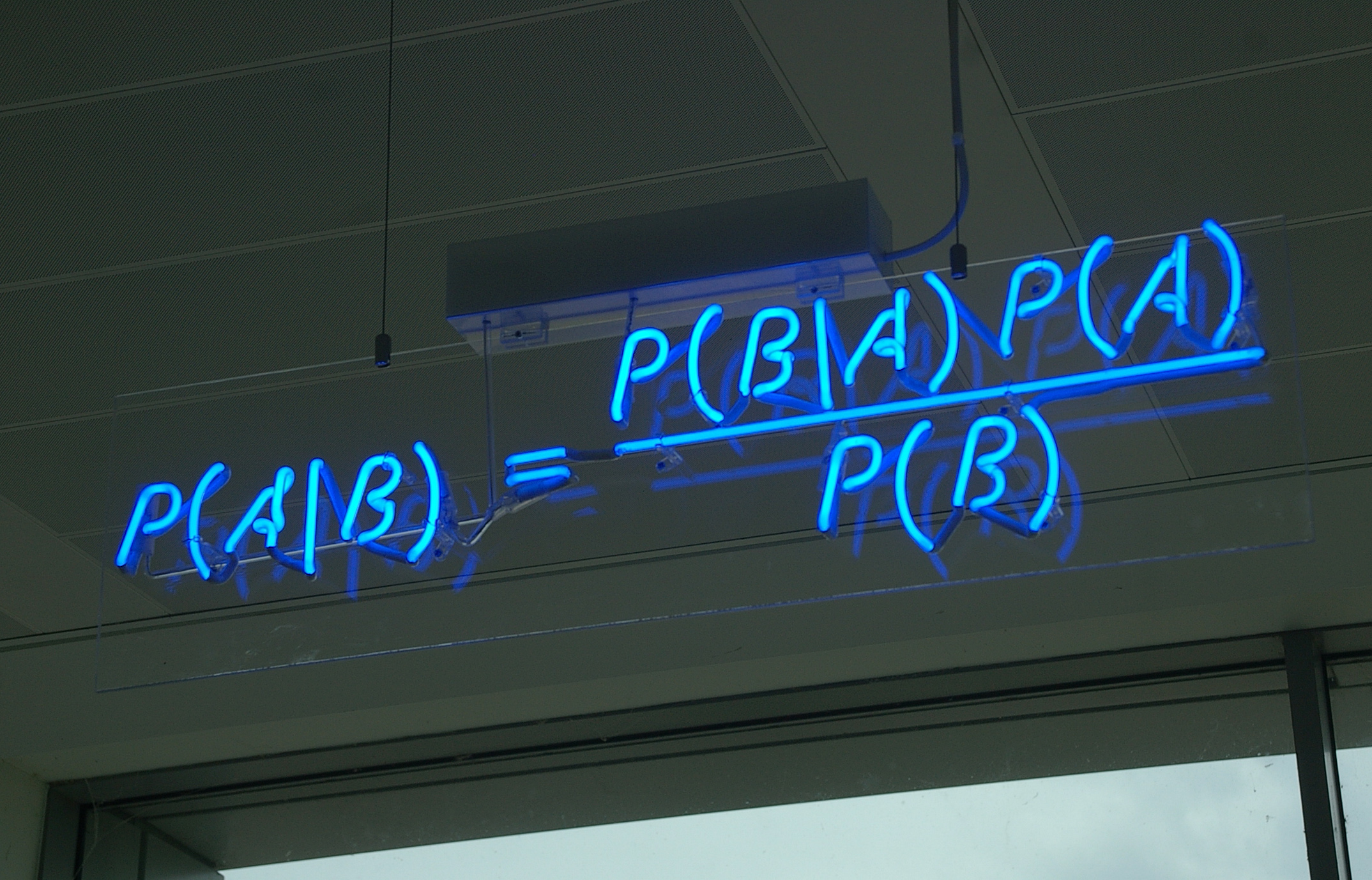ZeroMQ solves big problems in concurrent programming. It does this by ensuring that state is never shared between threads/processes, and the way it ensures that is by passing messages through queues dressed up as POSIX sockets. You can download ZeroMQ here.
The trouble with concurrency arises when state or resources are shared between multiple execution threads. Even if the shared state is only a single bit, you immediately run into the test-and-set problem. As more state is shared, a profusion of locks grows exponentially. This business of using locks to identify critical sections of code and protect resources has a vast computer science literature, which tells you that it's a hard problem.
Attempted solutions to this problem have included locks, monitors, semaphores, and mutexes. Languages (like Python or Java) have assumed the responsibility of packaging these constructs. But if you've actually attempted to write multithreaded programs, you've seen the nightmare it can be. These things don't scale to more than a few threads, and the human mind is unable to consider all the possible failure modes that can arise.
Perhaps the sanest way to handle concurrency is via shared-nothing message passing. The fact that no state is shared means that we can forget about locks. Threads communicate via queues, and it's not so difficult to build a system of queues that hide their mechanics from the threads that use them. This is exactly what ZeroMQ does, providing bindings for C, Java, Python, and dozens of other languages.
For decades now, programming languages have attempted to provide concurrency libraries with various strengths and weaknesses. Perhaps concurrency should have been identified as a language-neutral concern long ago. If that's the case, then the mere existence of ZeroMQ is progress.
Here are some ZeroMQ working examples. There's also a nice guide online, also available in book form from Amazon and O'Reilly.
The trouble with concurrency arises when state or resources are shared between multiple execution threads. Even if the shared state is only a single bit, you immediately run into the test-and-set problem. As more state is shared, a profusion of locks grows exponentially. This business of using locks to identify critical sections of code and protect resources has a vast computer science literature, which tells you that it's a hard problem.
Attempted solutions to this problem have included locks, monitors, semaphores, and mutexes. Languages (like Python or Java) have assumed the responsibility of packaging these constructs. But if you've actually attempted to write multithreaded programs, you've seen the nightmare it can be. These things don't scale to more than a few threads, and the human mind is unable to consider all the possible failure modes that can arise.
Perhaps the sanest way to handle concurrency is via shared-nothing message passing. The fact that no state is shared means that we can forget about locks. Threads communicate via queues, and it's not so difficult to build a system of queues that hide their mechanics from the threads that use them. This is exactly what ZeroMQ does, providing bindings for C, Java, Python, and dozens of other languages.
For decades now, programming languages have attempted to provide concurrency libraries with various strengths and weaknesses. Perhaps concurrency should have been identified as a language-neutral concern long ago. If that's the case, then the mere existence of ZeroMQ is progress.
Here are some ZeroMQ working examples. There's also a nice guide online, also available in book form from Amazon and O'Reilly.





